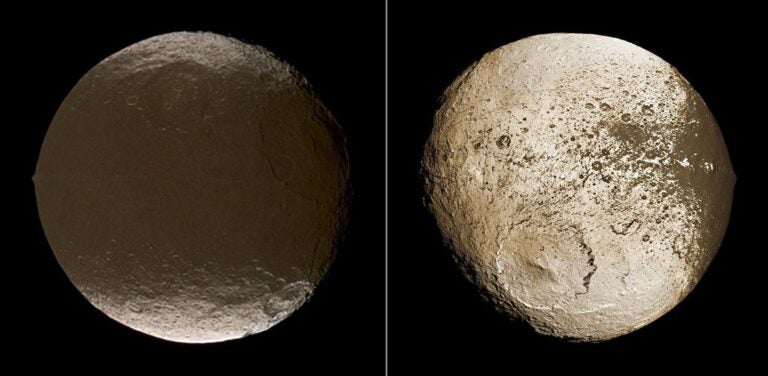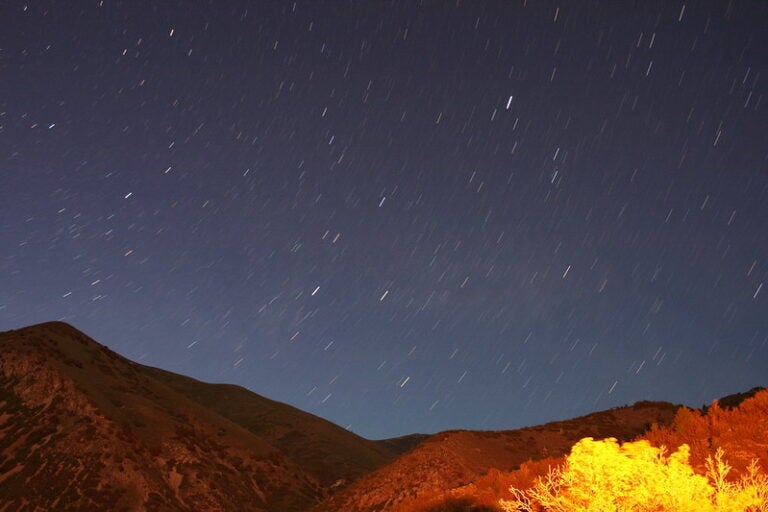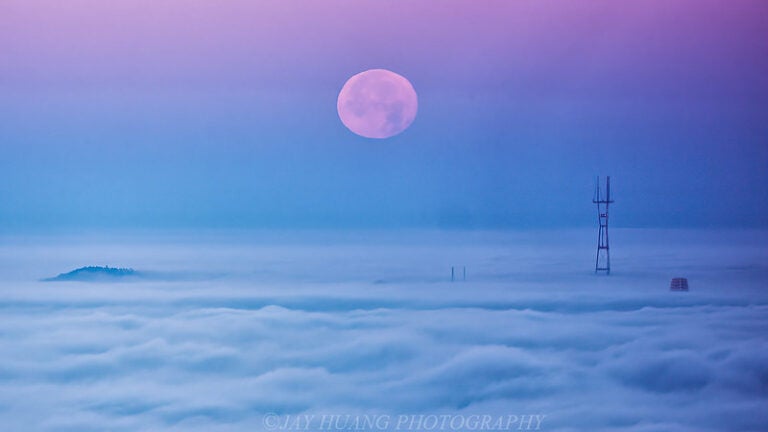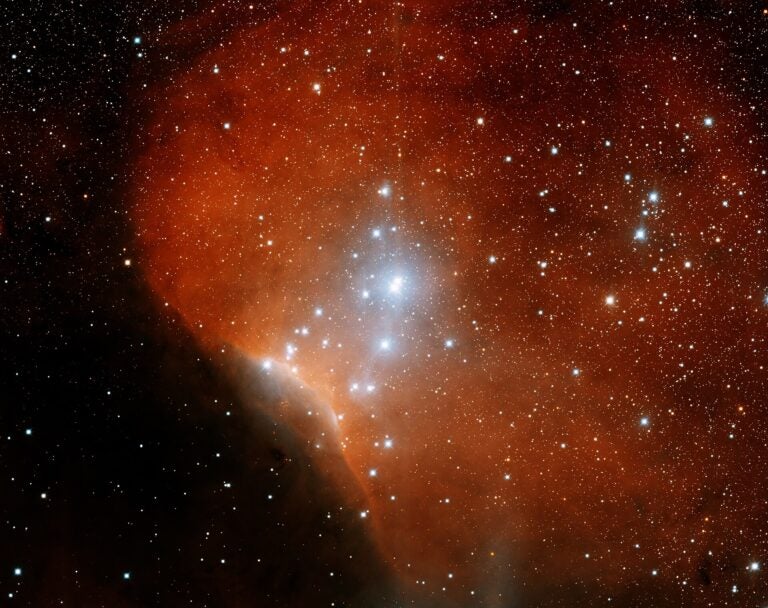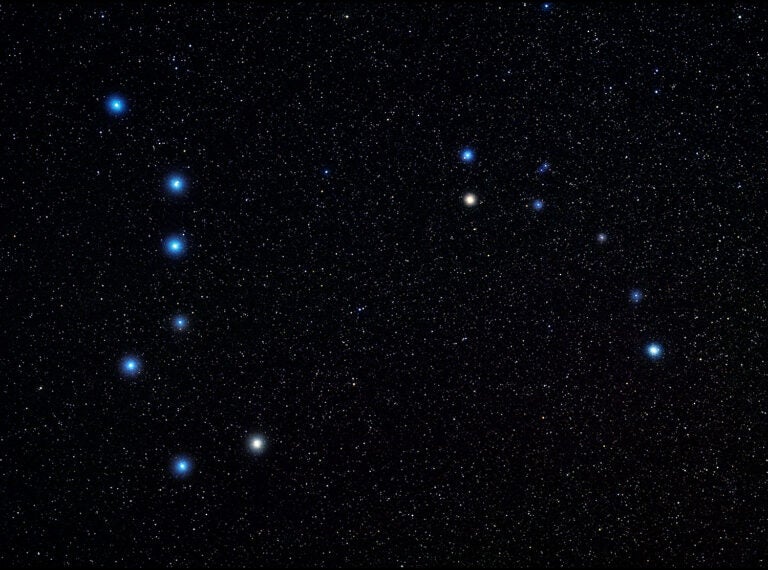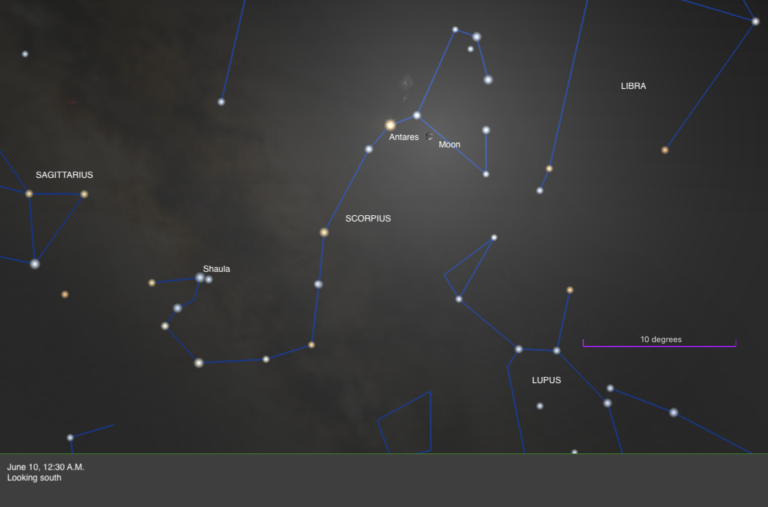Most astronomers welcome these expanding eyepiece opportunities — especially when our sister galaxy, Andromeda, is overhead and we get our first peek at the returning brilliance of Orion and his friends. But even backyard stargazers sometimes look over their shoulders when cold winds howl. It can be creepy out there.
We glorify space travel and the notion of human colonies on other worlds. But astronauts will tell you: The starry realm is not benign. Death lurks beyond the crew compartment’s metal walls.
An unprotected person accidentally hurled out a spaceship’s airlock, that common sci-fi scene, would stay conscious for no more than 20 seconds. Composed mostly of water, a human body would quickly revert to the universe’s commonest form of H2O — a block of ice. If subsequently struck by a meteoroid, the body would shatter into pieces, perhaps dividing itself along internal fault structures defined by organs. If the experience occurred near Jupiter, radiation would sterilize all living tissue. Near white dwarfs or neutron stars, tidal forces would rip a skeleton to pieces.
In Earth’s vicinity, the side of the unprotected astronaut’s body facing sunward would rapidly heat like a microwave to some 250° Fahrenheit (120° Celsius), above water’s boiling point. Searing solar ultraviolet rays — including the fearsome UVC never experienced on Earth’s surface — would deliver a painful burn in 20 seconds. A three-minute exposure would cook skin to carbon. Meanwhile, being in a vacuum would nullify one’s health insurance. The pressure differential would force body gases outward; eardrums and eyeballs would pop.
We are creatures of Earth. We carry our planet inside us, fashioned as we are of terrestrial components like oxygen, which alone constitutes 65 percent of our bodies by mass. The more typical stuff of the cosmos — hydrogen and helium — offers no nourishment or support on its own. Fear of the sky thus has a rational basis.
For kids, it’s not the actual dark that scares them, but its unseen terrors. Ghosts don’t emerge until nightfall, and that shirt slung over a chair surrenders its monster shape only with the dawn. Even many non-phobic adults retain a lifelong nocturnal discomfort. The cause? Well, most ancient cultures feared darkness because of tigers and such, since these predators often boast superior low-light vision. They have the edge after nightfall.
The strange netherworld of dreams doesn’t help. Despite modern “dream labs” and sleep experiments, the little we know is more mystifying than clarifying. No one can explain why dreams get longer as night passes or why early dreams relate to recent events while later ones tend to be more surreal and mysterious in content.
Beyond the psychological explanations, might night sweats stem from actual dangers posed by the starry canopy? Do we harbor genetic memories of celestial cataclysms like meteoric destruction? Probably not. The sky has rarely been a source of injury. Only one person in recorded history was definitely struck by a meteorite, and that was by day. In Sylacauga, Alabama, Ann Hodges suffered a bruised thigh in 1954 after a chondrite came through her roof and ricocheted off a radio. Many others (in 1992 and in 1996, for example) have had close calls when meteorites plowed into their lawns just as they walked by — again, all by day.
So, away from city lights, the nocturnal realm is generally friendly, with many rural meadows filled with nothing more menacing than garden-destroying deer. A nightly stroll under benignly wheeling stars is a low-risk activity. Indeed, we astronomers should perhaps quote Shakespeare. It was he, in Romeo and Juliet, who foresaw a time when “all the world will be in love with night. And pay no worship to the garish sun.”
So let the darkness blossom. Nyctophobia begone!


